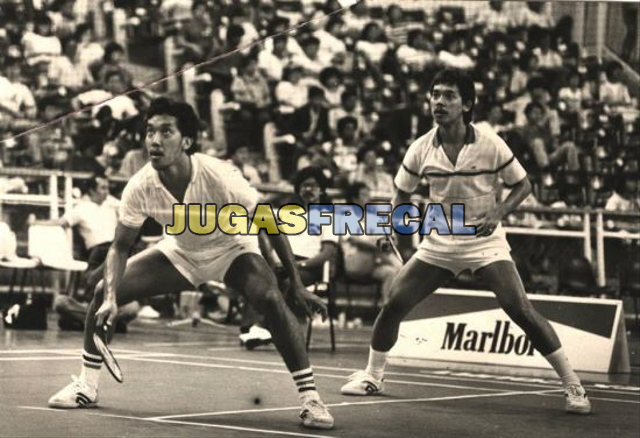Badminton is a popular racket sport that has captured the hearts of millions around the world. With its fast-paced action, strategic gameplay, and competitive spirit, it has become a staple in the sporting landscape. Let’s delve into the fascinating history of badminton, tracing its origins and tracing its evolution up to the present day.
Origins of Badminton: A Glimpse into the Past
The roots of badminton can be traced back centuries, with its earliest form being a game known as “Poona” played in India during the 18th century. British officers place in India were introduce to the game and were drawn to its engaging nature. After that they brought the game back to England, where it gained popularity among the upper class.
The Duke of Beaufort is often credit with introducing the game to England’s elite society in the late 19th century. Initially, it was referrer to as “Poona” or “The Game of Badminton” due to its association with the Badminton House, where the Duke often played. The game began to evolve, with rules being establish to standardize gameplay and make it more organize.
Formalization and Global Spread
As the 20th century dawned, badminton started to take on a more formal structure. The Badminton Association of England was formed in 1893, creating a set of official rules and regulations for the game. The first All England Championships were hold in 1899, marking the beginning of competitive on an international level.
The sport quickly spread to other parts of the world, particularly across Asia. Countries like Indonesia, Malaysia, China, and Denmark embraced badminton and developed their own strong traditions in the sport. The establishment of international competitions, such as the Thomas Cup (1950) for men and the Uber Cup (1957) for women, further fueled its growth and popularity.
Evolution of Equipment and Gameplay
The evolution of this sport was not limit to its popularity and global reach. Changes in equipment and gameplay continued to shape the sport. The introduction of synthetic shuttlecocks in the 1960s revolutionized the game, making it faster and more dynamic. This innovation led to increased speed and agility requirements for players.
Furthermore, strategic aspects of the game gained prominence, with players focusing on techniques like smashes, drops, clears, and net play. The shift towards a more aggressive style of play transformed badminton into a thrilling spectacle for both players and spectators.
Badminton in the Modern Era
During decades, badminton has continued to flourish. The sport has secured its place in the Olympic Games, further elevating its global profile. In addition, countries like China and Indonesia have consistently produced top-tier players who dominate the international scene.The rise of players like Lin Dan, Taufik Hidayat, and more recently, Kento Momota, has added to the sport’s allure.
Technological advancements have also played a role in shaping modern badminton. High-speed cameras, data analysis, and fitness tracking have enabled players to fine-tune their skills and enhance their performance. This convergence of athleticism and technology has push the boundaries of what can be achieve on the badminton court.
Conclusion
The journey of badminton from its origins as a leisurely pastime to a fiercely competitive international sport is a testament to its enduring appeal. Through changing eras and evolving styles of play, this sport has managed to captivate generations of athletes and fans alike. As the sport continues to evolve, it’s clear that badminton’s history is a tale of dedication, innovation, and the pursuit of excellence.

